
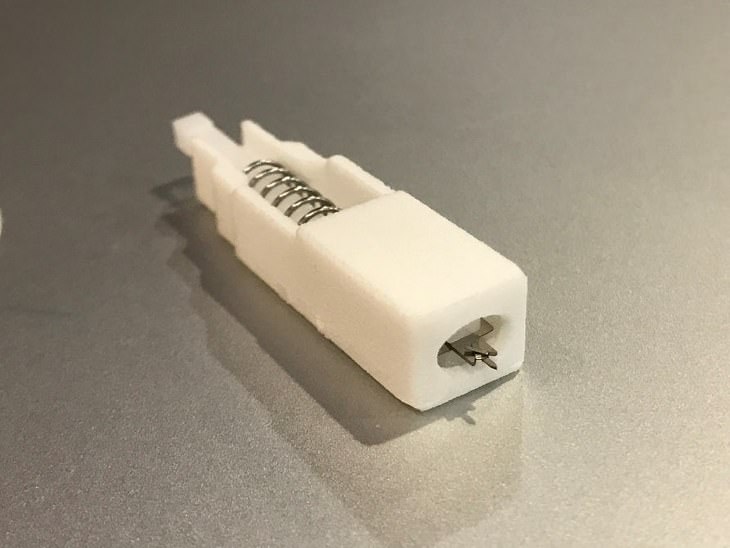
Image source: Tarl Prow
Traditional biopsies can take on a number of forms: Doctors might excise a large skin sample using a scalpel, punch a hole in the skin to remove a circle of flesh, or even shave a layer of skin off. Whichever process they use, patients will typically end up with a wound that's a few millimeters wide and can be as deep as 5mm. Since such biopsies typically leave scars and might even require stitches, such procedures are far from ideal, especially for sensitive places like the face.
That's why Tarl Prow, a research professor at the University of South Australia's Future Industries Institute, decided to invent a device that takes skin samples in a far less invasive way. The needle used in the microbiopsies is merely 0.5mm wide, and it only requires a piece of skin that's 0.4mm deep and 0.15mm wide to be excised. Just for the sake of comparison, the finger prick needles that diabetics use can go up to 4mm deep.

Image source: Tarl Prow
In the tests Prow's team have carried out so far, they've found that the small puncture marks usually heal within 7 days, leaving no scar tissue at all. The procedure also causes the patient very little pain, which means that it is even suitable for children, and anesthesia may not even need to be used. It is also a lot faster than a regular biopsy, meaning that more tests can be run and a patient's health can be better monitored over time.
"Many of us, when we reach a certain age, have a lot of these pink spots on sun-exposed areas, and you just can't go in and biopsy all of those with conventional techniques," Prow said. "So the idea with the microbiopsy is we can go in on the face, on the head, where you don't want to have a surgical procedure, take a small sample and see whether or not it's malignant."
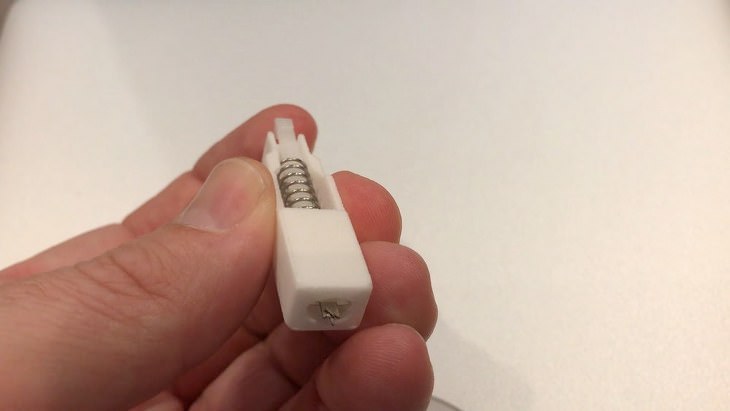
Image source: Tarl Prow
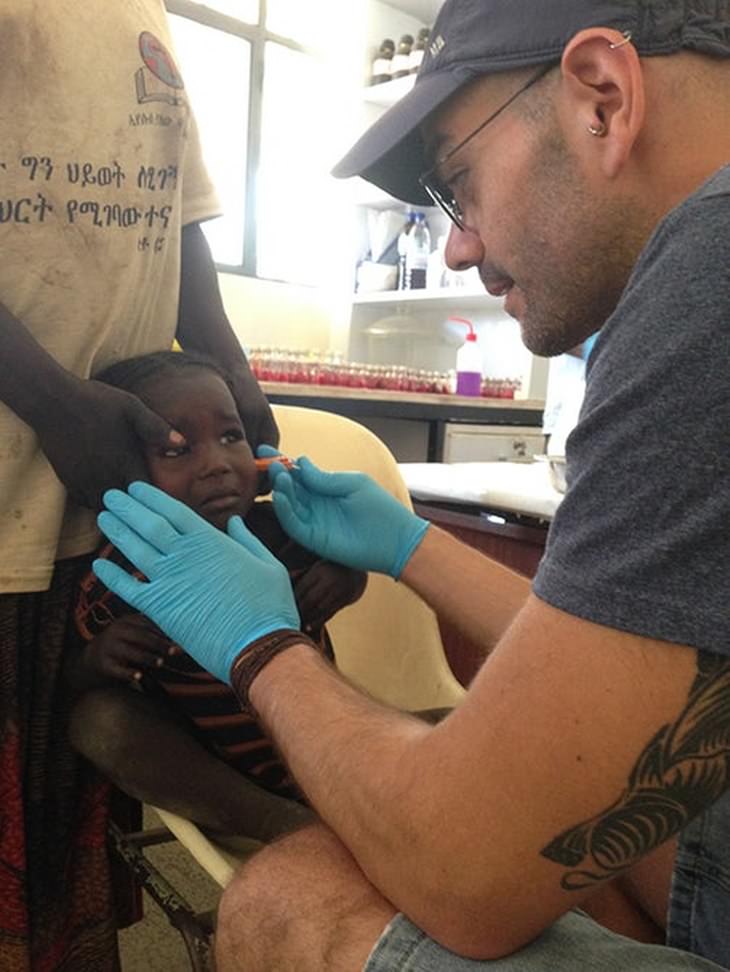
Image source: University of South Australia
The microbiopsy devices will be manufactured by Trajan Scientific and Medical, and Prow's team is already making preparations for a huge clinical trial to begin by the end of 2019. They hope to have an approved diagnostic test available by 2023.
Prow said that "the challenge is really to scale up the manufacture, and develop the kind of pathology kits that we need to support different diseases, starting with skin cancer."
 15:39
15:39
9 Myths About Mushrooms BUSTED For Good
Can we eat mushrooms raw or must we cook them first? Do they all have medicinal properties? And how can they help with cancer?
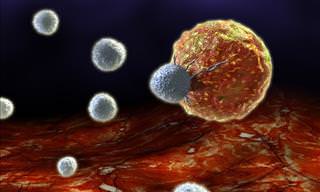
This Vaccine Could Help Us Win the War Against Cancer!
This new vaccine could help us win the battle against cancer! Find out more here!

Multiple Myeloma: New Treatments in the Modern Age
New and innovative Treatments for Multiple Myeloma
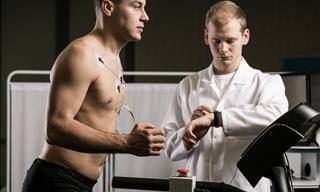
These Non-Routine Medical Tests Could Save Your Life...
Here are 8 non-routine tests that really have the potential to save your life, and some of them even need to be taken as early as 30.
 4:35
4:35
Have New Studies Found a Link Between Eggs & Breast Cancer?
Have studies discovered a link between eating eggs and breast cancer?
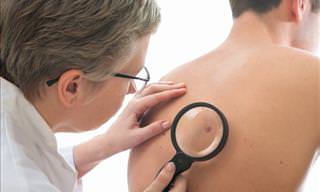
New Device Can Detect Skin Cancer Easily & Effectively
Skin cancer is the most common type worldwide. Could this device be the answer to detecting this disease early on?
 9:09
9:09
Protective Measures: How Our Body Reacts to a Tattoo
In this video, we’ll explore the microscopic war raging beneath your skin, where millions of your cells make the ultimate sacrifice to lock that ink in place, turning a defense mechanism into lifelong art.
 58:37
58:37
Science: Here's Everything We Know About Pluto
Join us as we unravel the mysteries of far off Pluto, 3.7 billion miles from our Sun.
 5:17
5:17
How Exactly Do We Hear? All is Revealed Here!
In this informative TED-Ed video, Douglas L. Oliver explains the complete science behind hearing.

These 18 Photos Capture the Universe Like Never Before!
See the universe in a new light with these astonishing photos.
 4:57
4:57
The First 3D-Printed Hotel is Already Being Built!
s evidence of this, a groundbreaking project is nearing completion, in which a hotel is being printed, and tourists will soon be able to visit it. Curious to see what it looks like?
 8:46
8:46
Science: What is Reality? Dive in and Find Out!
What if everything you see, feel, and experience isn’t real? The simulation argument suggests that our reality might be nothing more than an advanced computer program.

Enjoy This Fascinating Collection of NASA's Best Photos
Here are 15 of NASA's most amazing recent pictures, along with brief explanations of exactly what is going on in each one.
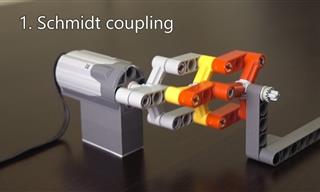 7:21
7:21
Science: 20 Mechanical Principles Demonstrated Using Lego
In this video, we'll explore a variety of fascinating mechanical mechanisms, all demonstrated using Lego models.

8 Jaw-Dropping Black Hole Facts to Warp Your Mind
These black hole facts will bend your mind!
 1:44
1:44
You Won't Believe What the Human Body Does in One Minute
How much do you think it is capable of doing in a single minute? Watch this video and you'll have your answer!
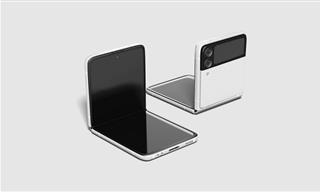 5:01
5:01
The Truth About Folding Phones You Need to Know
Don’t buy a foldable without knowing this first.
 4:11
4:11
This Video Will Show You Where We Are in the Universe!
Where is our galaxy in the known universe? This video will fly with you to ever-larger destinations, showing you our little planet's cosmic address from a very large viewpoint.
 10:50
10:50
Remarkable! This Is How the Universe Developed...
Watch this time lapse of the entire universe - starting with the big bang and culminating in the appearance of homo sapiens.
 5:28
5:28
Just How Small is an Atom? - Fascinating!
Just how small are atoms? And what's inside them? The answers turn out to be astounding...
 50:02
50:02
Take a Trip Through the Universe and Witness its Beauty
Since its launch, the Hubble Telescope returned images of unprecedented beauty of a dynamic and changing universe. Take a look!
 22:52
22:52
Will AI Take Your Jobs? An Expert Explains the Future
Gonzaga University's AI professor Graham Morehead some of our most pertinent questions related to AI.

10 Declassified U.S. Military Secrets That'll Astound You
Government military secrets can range from amusing to absurd to downright terrifying, but they are all extremely intriguing. Here are 10 such secrets.
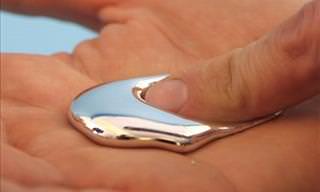
These Materials are Strange Enough to Boggle Your Mind...
There are some materials in this world that totally defy scientific convention. From metals that melt in your hand, to a solid lighter than air, take a look.
 1:29
1:29
A Must See: White Cells Devouring Bad Bacteria!
A real look at how white cells identify and consume harmful bacteria.
 0:55
0:55
China's G1 Robot is Showing Some Incredible Moves
The G1 is a new robot developed in China and in this video shows some amazing moves.
 4:20
4:20
Ever Wondered About How Our Minds Retain and Lose Memories?
Ever wondered why you can remember something from 20 years ago, but have difficulty remembering what you had for lunch the other day? Learn why here.
 21:25
21:25
How Every Nuclear Power Got Its Atomics
This video will explain how each nation earned the complex and controversial title of nuclear power.

NVIDIA CEO Reveals Which Degree Is Worth Studying
Electrical Engineering, Computer Science, or Physics? Nvidia's CEO has a surprising answer to which area should be studied nowdays.

Science Proves: These 10 Bible Stories Probably Did Happen
The Bible describes many seemingly supernatural cases, but today, science can show that they might have indeed happened.
 13:41
13:41
The 5 Most Important Fossil Discoveries from Last Year
2024 saw some really amazing fossil discoveries!
 6:47
6:47
7 Exciting Physics Tricks You Have to See!
Watch these seven remarkable physics tricks in this exciting and fun video.

I Bet You Didn't Have a Clue About These Human Body Facts!
The human body is the most complex machine known to mankind, but I bet you don't know these 10 amazing facts about it...

Find Out How Some Elderly People Stay Sharp into Old Age
Some old people have better memories than people half their age. This could be the reason why...

Extraordinary Inventions By Tesla That Were Never Built!
Nikola Tesla was a scientist too advanced for his time. Here are some of the inventions he never had a chance to build.
 5:14
5:14
Earth 2125: A Vision of the Future of Our Planet
Exploring what Earth could look like in 2125 reveals exciting potential.

7 Mind Blowing Science Facts School Left Out
Put on your learning caps! We rounded up 7 surprising scientific facts you probably didn't learn at school.
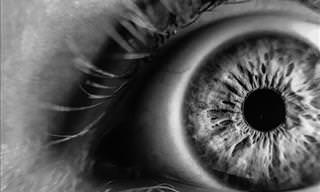
Whoa! Who Knew the Human Body Was Capable of So Much?
Have a look at these 17 intriguing facts about the human body that we can practically guarantee will leave you in awe.

Learn Chemistry Easily with This Interactive Periodic Table
This interactive table of elements has video lectures about every element, including experiments
 9:54
9:54
Neo: The New Tele-Robot that "Cleans" Your Home
Neo is a new robot that has great capabilities and is designed to clean your home. Sounds perfect right? Well, there's a catch.

2024's Biggest Breakthroughs in Science We Must Celebrate
These recent scientific breakthroughs could change the world.
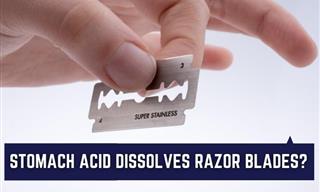
12 Bizarre Scientific Facts You Never Learned at School
The scientific facts we collected in this list aren't the kind of stuff you'll see in a school curriculum.
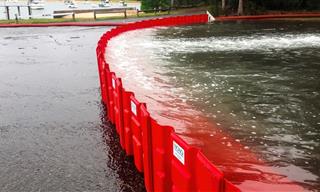 10:04
10:04
11 Practical Technologies That Will Help Fight Flooding
These amazing innovations will be real handy during a flood.
 5:50
5:50
Why Do We Sometimes Hallucinate? Find Out Here!
In this informative TED-Ed video, Elizabeth Cox details the science of hallucinations.

Space Looks Breathtaking in These Amazing Photographs
There are some absolutely stunning photographs of space out there today, You won't believe how incredible it is!
 56:12
56:12
What's the Largest Thing in the Universe?
In this video, we look into some of the mightiest structures in the known universe.
 5:06
5:06
The Only Manmade Object That Will Last Forever
This copper discus contains 116 images we launched into space for aliens to see
To enable your Ad-Free Subscription, please fill the fields below
Your subscription was successful, now you can enjoy an ad-free experience!! Note: To make sure you get no ads, please make sure to log in to your account. If you are logged in already, then refresh the page. The subscription can be cancelled at any time.


